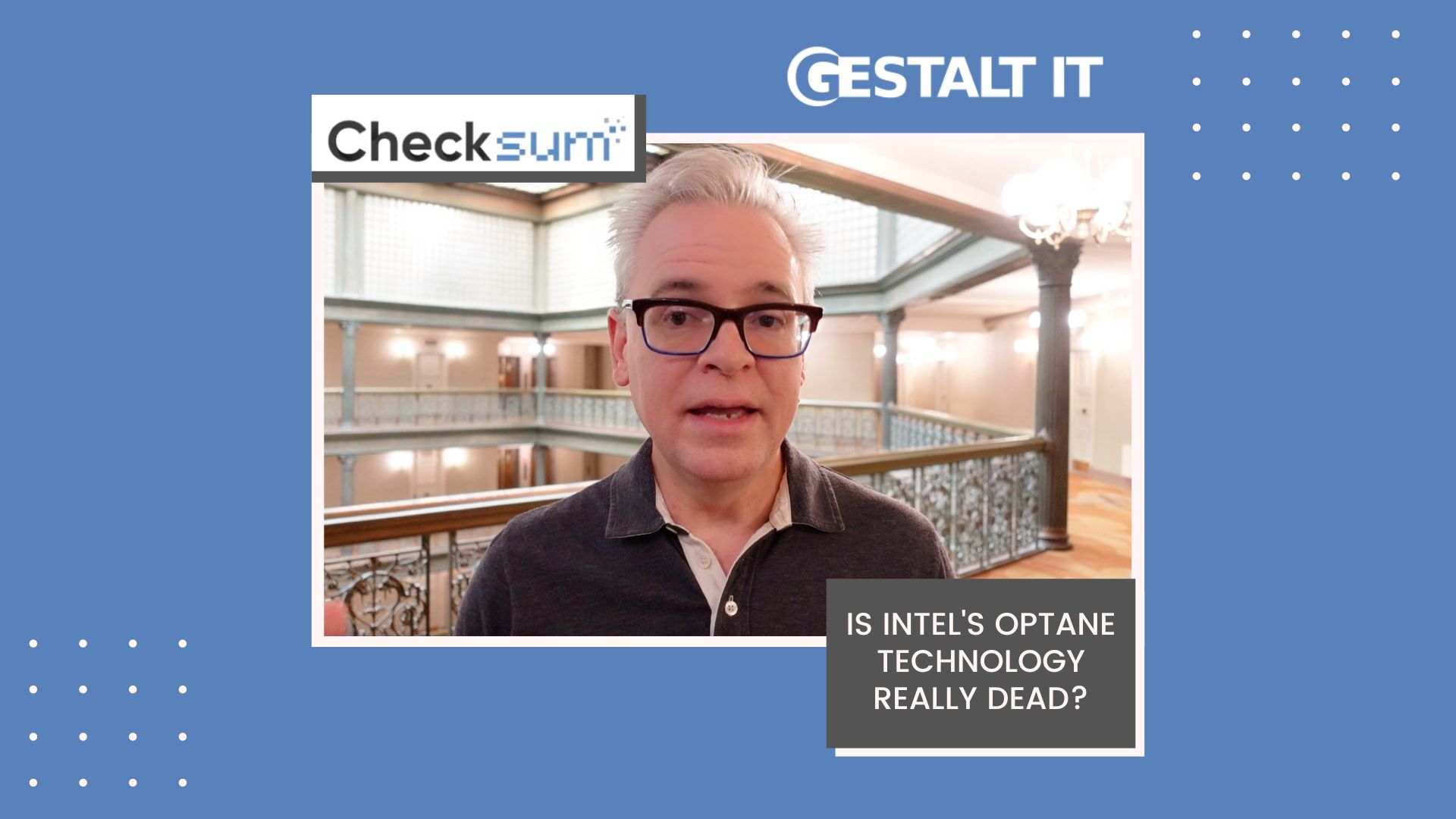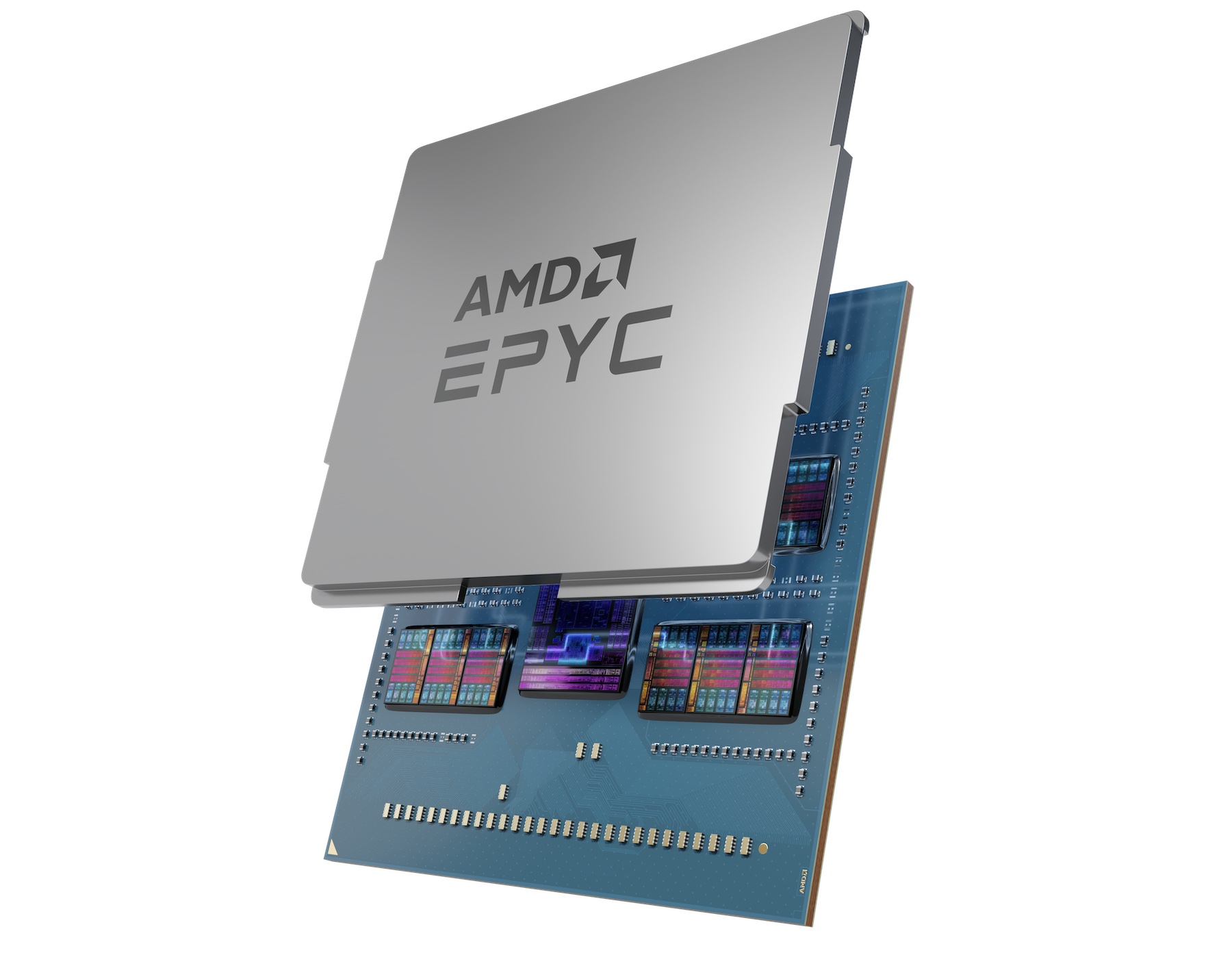AMD recently announced their third-generation EPYC server CPU line, code name Milan, while Intel’s next-generation product was still under wraps. Although the product is an impressive step forward in terms of performance, it’s not much different from previous generation products from AMD. This opens the door to Intel, which is launching the next-generation Xeon Scalable processor line in April, code name Ice Lake. Is Milan enough to solidify AMD’s lead in the datacenter or will Intel come roaring back with Ice Lake?
AMD’s third-generation EPYC server CPUs are an impressive accomplishment. Milan brings the “Zen 3” microarchitecture to the server, delivering a 15-20% performance boost across most early metrics. And AMD is really kicking Intel where it hurts, in the high end of the market, with 64-core high-TDP processors. But Milan-generation CPUs aren’t cheap, and AMD seems to be ignoring the lower-end server market, sticking with previous-generation parts there. Plus, although I/O was already a strong point for the EPYC line, this remains unchanged in Milan.
Now we’ve learned that Intel is releasing their next-generation Xeon Scalable CPUs in April. Ice Lake is expected to pack more of everything, including significant advancements in I/O. Judging by the already-public 10th and 11th generation desktop parts, Intel is likely to add PCIe 4.0, Deep Learning Boost, new AVX-512 instructions, and larger L1 and L2 caches. Optimized cores should offer a reasonable IPC boost, and Intel might offer more cores than previous Xeon Scalable processors. Ice Lake will likely still be manufactured on the 10 nm process node (formerly called 10 nm+), which isn’t as good as the AMD/TSMC 7 nm process but isn’t far off.
I’m more excited by the next generation of server CPUs, though. With both AMD and Intel completely redesigning their CPU platforms for the next refresh, we ought to see some real advances here. I look forward to seeing PCIe 5 and CXL appearing in this generation, and Intel knows that they need to be the reference platform for these new interconnects. Intel ought to be able to improve their manufacturing process as well, so they should offer similar power and density profiles to AMD.
The 2021 server CPU market is shaping up to be more of a horse race than expected. And the next refresh ought to see some real advances for both AMD and Intel. If they can’t deliver a genuinely competitive part in 2022, Intel will have some real soul-searching to do!





Leaked specs for Intel Icelake Xeons are not showing any significant progress from Intel as well.
Maximum core count for new CPUs – 40 and PCIe4 is only 64 lanes. 64 lanes for GPU and NVMe era is just NOT ENOUGH! Modern server resources are PCIe hungry and this hunger progressing quicker than Intel CPUs evolve. They still behind AMD specs…
Major update for Intel CPUs should have happened this year with the release of Sapfire Rapids CPUs and Intel already lost their own roadmap dates for 1 generation and released IceLake which was planned 2 years ago.